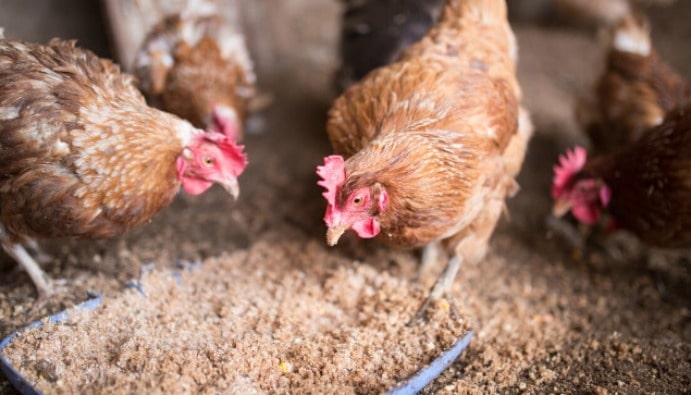Feed Analysis
Feed Analysis

The biggest power in the current century will be food. This is a fact. The world population is growing at an incredible rate and it is expected that population growth and food production will double in twenty years. However, agricultural lands are not expanding at the same rate. Moreover, the existing lands are getting smaller and smaller by being used for residential and industrial purposes. Animal and agricultural production is falling. Therefore, food is the greatest power.
Agriculturalists have a lot of work to do in order to evaluate the underground and aboveground riches of our lands, where many different ecologies coexist. Although our country is always shown among the countries that are self-sufficient in terms of food production, our animal food production and consumption level is far below the developed countries. An efficient and economical animal production is very necessary and for this, feed and animal must be recognized.
Increasing animal production has become a necessity all over the world. This is only possible with genetic breeding methods and improving the care and feeding conditions of animals. In particular, the level of feeding is the most effective factor that will increase the productivity of animals. Animal nutrition is based on the following:
• What are the nutritional requirements of animals?
• What are the nutritional values of the feed given to animals?
• What should be the appropriate nutritional values for various animal species?
It is possible to increase animal products in the desired way and economically in terms of both quantity and quality, by using suitable feeds or feed mixes.
The Veterinary Services, Plant Health, Food and Feed Law was enacted in 2010 by the Ministry of Health. This law was enacted with the aim of ensuring food and feed safety, protecting human, plant and animal health, breeding animals and protecting consumer interests and the environment. The law covers all stages of the production, processing and distribution of food and food contact materials and feeds, controls for residues and contaminants in products, and a number of other safety measures. In addition, the Regulation on Official Controls of Food and Feed issued by the Ministry of Food, Agriculture and Livestock in 2011 also regulates this issue.
There are many factors that affect the value of feed. In this respect, feeds should be evaluated according to physical analysis, chemical analysis, digestibility, energy content, protein content and special ingredients.
For this reason, feed analyzes are carried out from different perspectives in nano laboratories. The general feed analyzes are as follows:
• Chemical analysis
• Microbiological analysis
• Feed additive analysis
